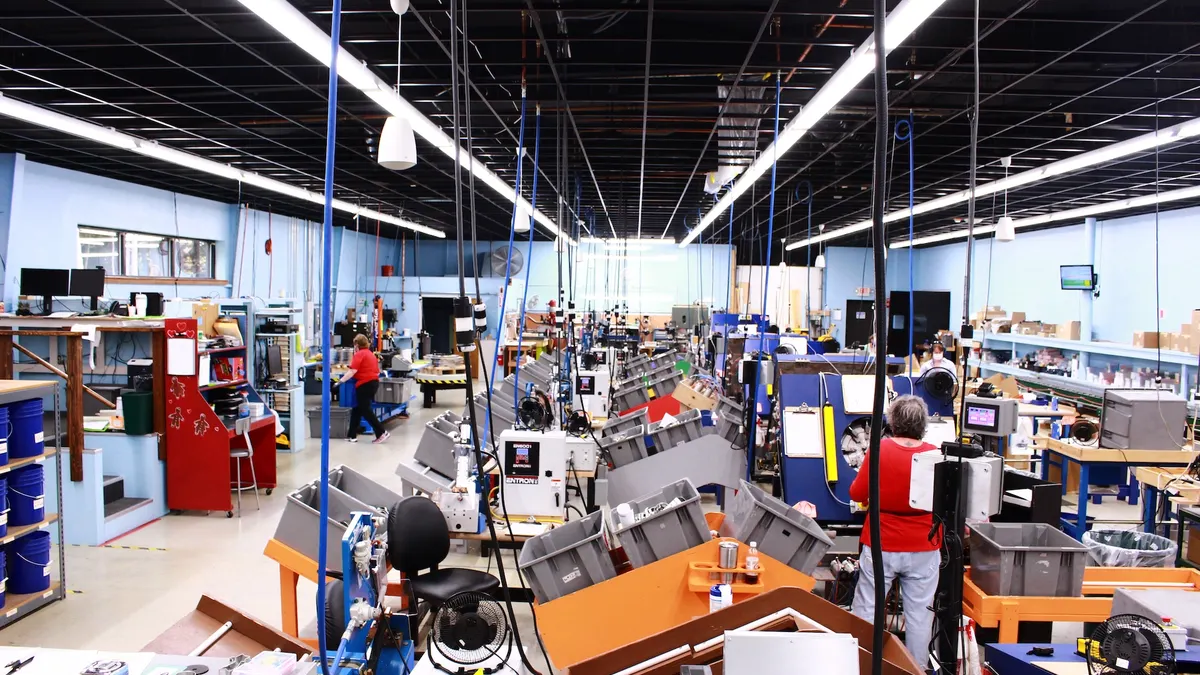Environmental sustainability goals within companies often have the best of intentions and little real-world impact. Historically, many companies have used internal corporate environmental sustainability as a marketing tool while lacking the ability to measure the more dramatic effect of their actions in their supply chains. This lack of accountability can largely be attributed to limited visibility into the supply chain, which is the source of more than 80% of greenhouse gas (GHG) emissions for most companies. Getting suppliers to collaborate in these programs is perhaps one of the greatest challenges in making real progress toward positive environmental action.
Making a notable difference requires the pursuit of science-based greenhouse gas reduction targets supported through measurement and participation by a myriad of supply chain stakeholders working in concert. When companies work with their vendors and suppliers to share targets and data, each point in the supply chain begins to see how its actions affect one another. Building this comprehensive view enables companies at all points in the supply chain to develop strategies that can have a significant and positive long-term effect on the planet’s ecosystem.
More than 1,000 global companies have joined the Science Based Targets initiative to set or pursue setting science-based greenhouse gas reduction goals.¹ Like any successful scientific endeavor, meeting those goals will require collaboration, transparency, and data.
Broadening the Scope
Determining where the corporate world needs to go next in terms of sustainability first requires an understanding of where it is now. Through the SupplyShift platform, companies have access to data spanning 90,000 entities in 133 countries, including approximately 250,000 questions answered about greenhouse gases and climate change. Suppliers answer questions about their operation, including scope 1, scope 2, and scope 3 emissions they generate. To clarify:
- Scope 1 emissions come from assets owned directly by a company.
- Scope 2 emissions are generated by utilities purchased by the company.
- Scope 3 emissions are all indirect emissions that happen during the course of business-related activities, such as emissions occurring in the value chain, employee commuting and travel, shipping and transportation, waste disposal, rented assets and the use of products after sale.
Nearly 38% of participants reported that they measured GHG emissions in some way (at any level), and only 40% said they responded to inquiries from CDP (formerly known as the Carbon Disclosure Project), an environmental impact disclosure system that helps companies identify risks and opportunities for emissions reduction. Less than 16% said they tracked scope 3 emissions in some way, so there is a large opportunity to measure and improve GHG emissions within each company’s supply chain.
Meeting science-based GHG emissions targets will require much closer collaboration between companies and their suppliers to track all types of emissions. Examining data from The Sustainability Consortium’s THESIS Index ² — a tool hosted by the SupplyShift platform that helps retailers and their suppliers understand the transparency of the goods they produce and sell — an average of 56% of respondents didn’t know if their suppliers measured emissions or not. The actual percentage of companies that knew whether their suppliers reported scope 1 and scope 2 emissions varied widely by industry, but this data helps to paint a picture of current performance overall in the global supply chain.

Among companies that claimed they did know whether suppliers reported scope 1 and scope 2 emissions, those companies sourced an average of 66% of their supply from those suppliers. This data demonstrates that when companies engage suppliers on emissions, the majority of suppliers participate.

Getting Over the Fear of Commitment
Every supply chain network is different. While purely academic sustainability programs may have lofty goals, it’s extremely difficult to track their actual progress. Whereas one company may generate half of their emissions during a specific manufacturing process, another company might generate a high percentage of total emissions by sourcing most of their power from fossil fuel plants. These two companies would need to address very different areas to make improvements, so following any sort of general recommendation for emissions reduction would likely prove ineffective.
Committing to science-based GHG reduction targets offers more effective tracking, but it also requires better supplier engagement to encourage participation and ensure that suppliers measure and report the data needed to achieve and track reductions successfully. With access to quality supplier data, companies can focus on emissions reduction in GHG hot spots where the operation has the biggest opportunity to make an impact.
The COVID-19 pandemic has exemplified this capability as many companies have succeeded in using traceability and visibility data to address disruptions. Corporate leaders can use a similar methodology to identify high-emitting areas and work with suppliers to address issues or shift away from them. Examples might include incentivizing low-GHG practices among suppliers, incentivizing suppliers through benchmarking, substituting more sustainable materials in products that generate high levels of GHG, and leveraging progress to consumers as a marketing tool.
SupplyShift focuses on providing companies with the upstream supplier data they need to take effective action. With better visibility and more comprehensive information, companies can navigate supply chain challenges and pursue more aggressive GHG reduction targets.










